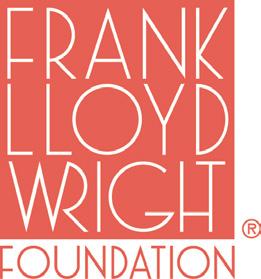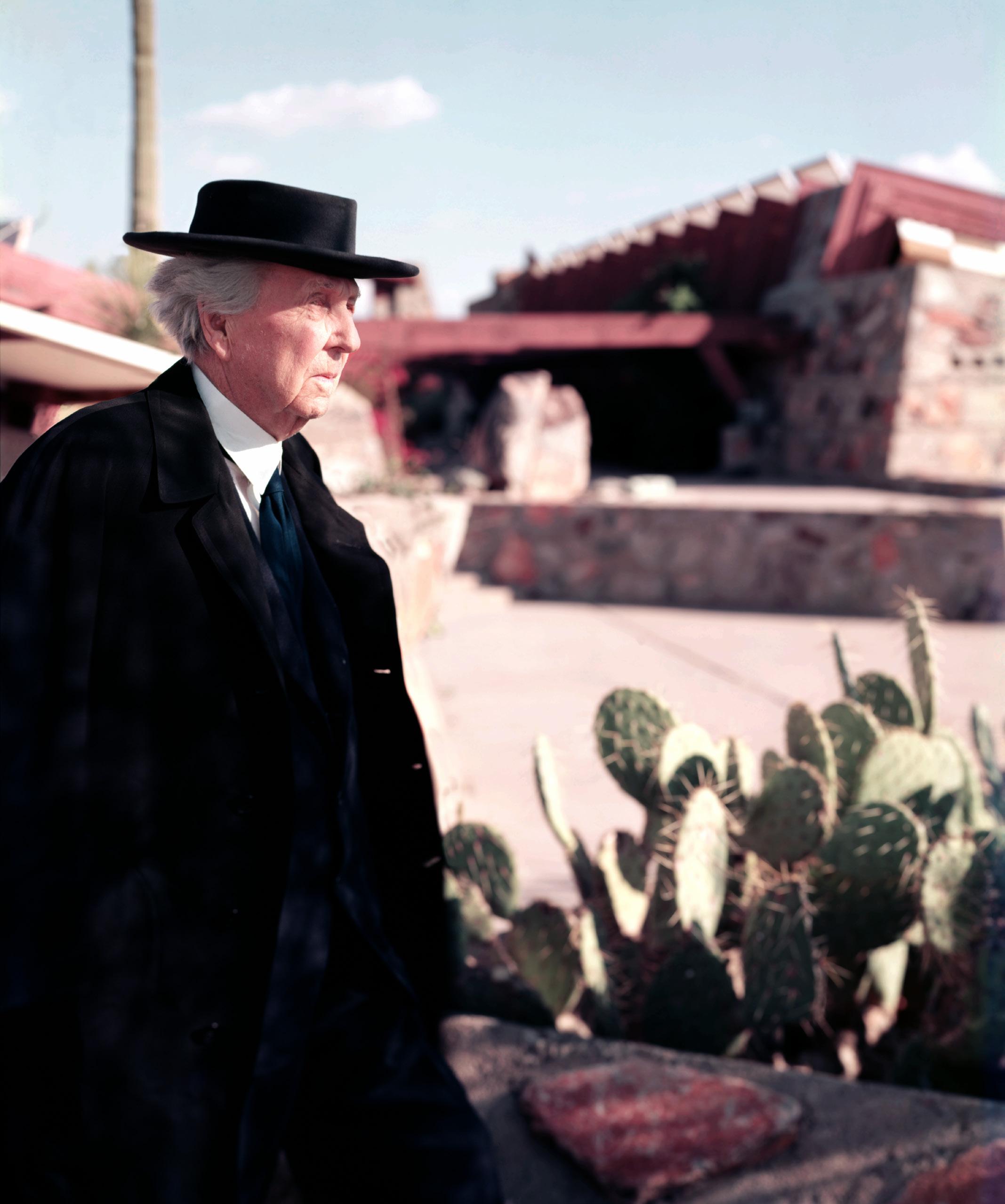

THE WORK OF FRANK LLOYD WRIGHT
Ask the average citizen to name a famous American architect and you can bet that their answer will be Frank Lloyd Wright. Wright gained such cultural primacy for good reason: he changed the way we build and live. Designing 1,114 architectural works of all types — 532 of which were realized — he created some of the most innovative spaces in the United States. With a career that spanned seven decades before his death in 1959, Wright’s visionary work cemented his place as the American Institute of Architects’ “greatest American architect of all time.”
IN LICENSING FRANK LLOYD WRIGHT
The Frank Lloyd Wright Foundation inspires people to discover and embrace architecture for better living through meaningful connections to nature, the arts, and each other. Frank Lloyd Wright’s design principles and philosophy are more relevant today than in his lifetime. Wright’s ideology is reemerging due to people examining the way they live. His vision continues as organic architecture continues.
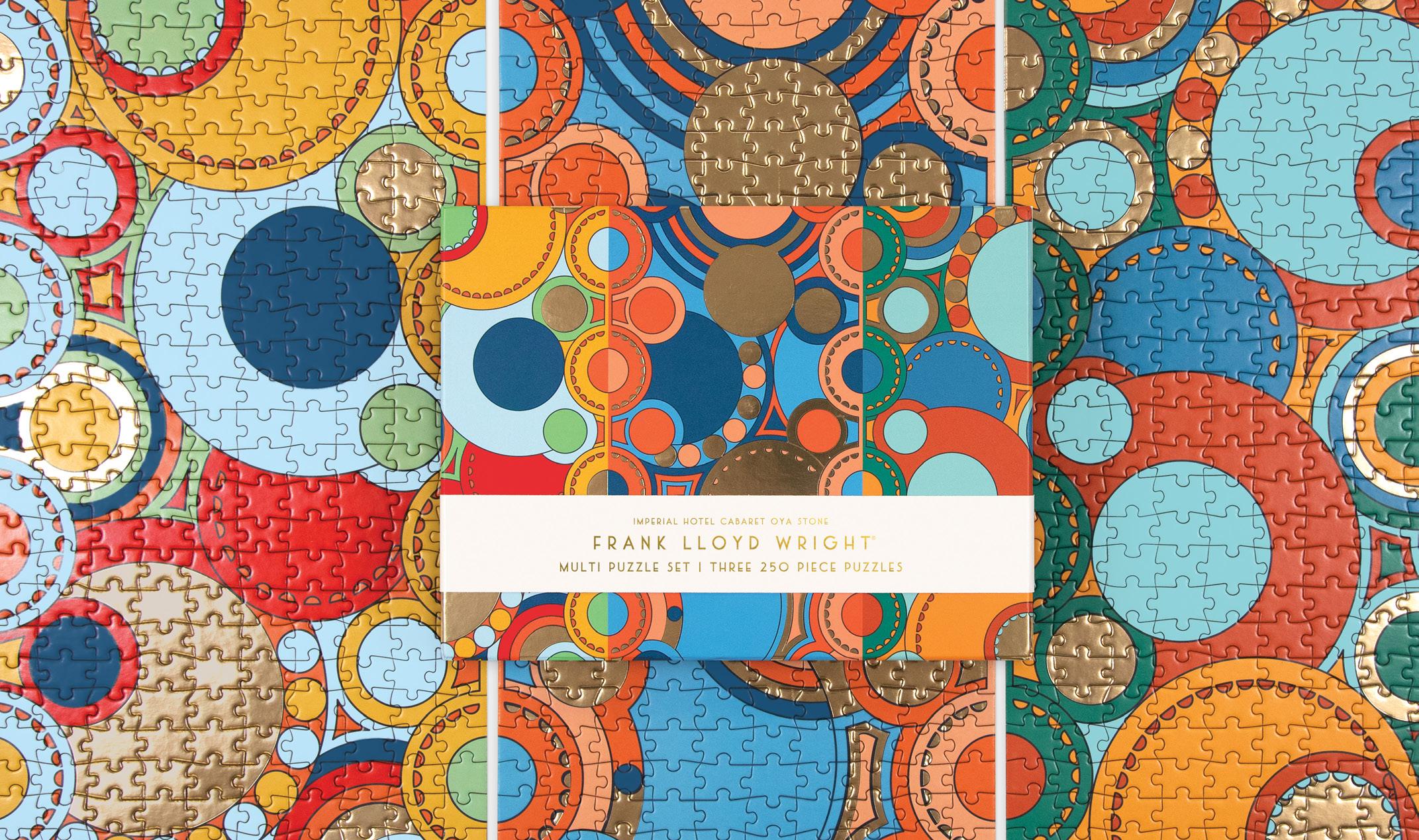


THE WORK OF FRANK LLOYD WRIGHT
8 SITES INSCRIBED ON UNESCO WORLD HERITAGE LIST
70 YEAR CAREER THAT ALTERED 20TH CENTURY ARCHITECTURE
1,114 ARCHITECTURAL WORKS OF ALL TYPES & STYLES
20,000 DRAWINGS IN FRANK LLOYD WRIGHT FOUNDATION COLLECTION
40,000 HISTORIC PHOTOGRAPHS
1,300,000+
ENTRIES IN THE AVERY ARCHITECTURAL & FINE ARTS LIBRARY
Frank Lloyd Wright changed the way we build and the way we live. We use Wright’s revolutionary design concepts to educate and inspire people of all ages, challenging them to understand and embrace innovation in their own lives.
The Frank Lloyd Wright Foundation wants to infuse Wright’s philosophies in a broad line of licensed products in educational products and toys. Wright had a great interest in developing children’s and adults’ design sense and abilities to create. We feel there are many touchpoints from Wright’s own experiences in education and play to inspire multiple product lines.
“IT IS PECULIARLY IMPORTANT THAT CHILDREN SHOULD GROW UP IN CONDITIONS THAT ARE HARMONIOUS, IN CONDITIONS THAT CONTRIBUTE TO THEIR SERENITY AND WELL-BEING AND THEIR CONSCIOUSNESS OF THOSE THINGS.”
FOUNDATIONAL PLAY
When Frank Lloyd Wright was a child, his mother gave him a set of educational toys called the Froebel Gifts and Occupations by his mother, Anna. The Gifts were made of spheres, cubes, triangles, rectangular and triangular prims, classic building blocks and paper. Anna Lloyd Wright, a teacher herself, bought these toys at an exhibition in Philadelphia for her family. Wright’s exploratory play with these basic geometric shapes and observations of patterns in nature as a child on his family’s Wisconsin family farm developed into a unique architectural and graphic design style.
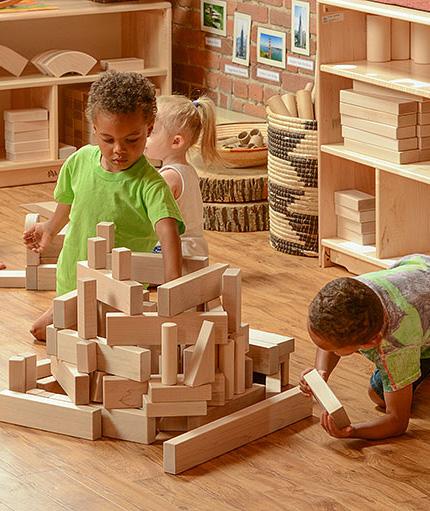
FOUNDATIONAL PLAY
”The smooth shapely maple blocks with which to build, the sense of which never afterward leaves the fingers: so form became feeling.”
“Mother learned that Friedrich Froebel taught that children should not be allowed to draw from casual appearances of Nature until they had first mastered the basic forms lying hidden behind appearances. Cosmic, geometric elements were what should first be made visible to the child mind.”


FOUNDATIONAL PLAY
Wright said that the moment he was given Froebel’s Gifts, he “began to be an architect.” He went on to say, “For several years I sat at that little kindergarten table, ruled by lines about four inches apart. But the smooth cardboard triangles and maple wood blocks were most important. All are in my fingers to this day.”
Wright would also speak about how walking in the Wisconsin farmlands, meadows, and forests of his family’s home in the driftless region helped him understand the forms and practices of nature.
He started to think about how important it was to build a world around you to bridge modern human experience with the natural world.

“THERE WERE NO FENCES ABOUT THE WOODS IN THOSE DAYS. FEW ROADS EVEN, AND NO COWPATHS, SO THAT EACH TIME I WENT OUT TO FIND THEM [THE COWS] AND BRING THEM IN WAS AN ADVENTURE. AND SO I LEARNED TO KNOW THE WOODS, FROM THE TREES ABOVE TO THE SHRUBS BELOW AND THE GRASS BENEATH. . . . THE TREES
STOOD IN THE PASTURES LIKE VARIOUS, BEAUTIFUL BUILDINGS, OF MORE DIFFERENT KINDS THAN ALL THE ARCHITECTURES OF THE WORLD. SOMEDAY I WAS TO LEARN THAT THE SECRET OF ALL STYLES IN ARCHITECTURE WAS THE SAME SECRET THAT GAVE CHARACTER TO THE TREES.”
DESIGN FOR PLAY
Frank Lloyd Wright designed several children’s playrooms and playhouses over the course of his career. The first one was for his own family in his house and studio in Oak Park. This large room featured a mural of Aladdin and his magic lamp over the fireplace and a mazelike stair at the other end for the kids to play on and around. He designed playrooms in several of his prairie houses, but his most famous was the playhouse he designed for the Coonley family in Riverside, Illinois. This separate playhouse had a stage and a large open area, where Mrs. Coonley held theater classes for local children. The playhouse had playful colored-glass windows with a design that Wright called “confetti and balloons.”

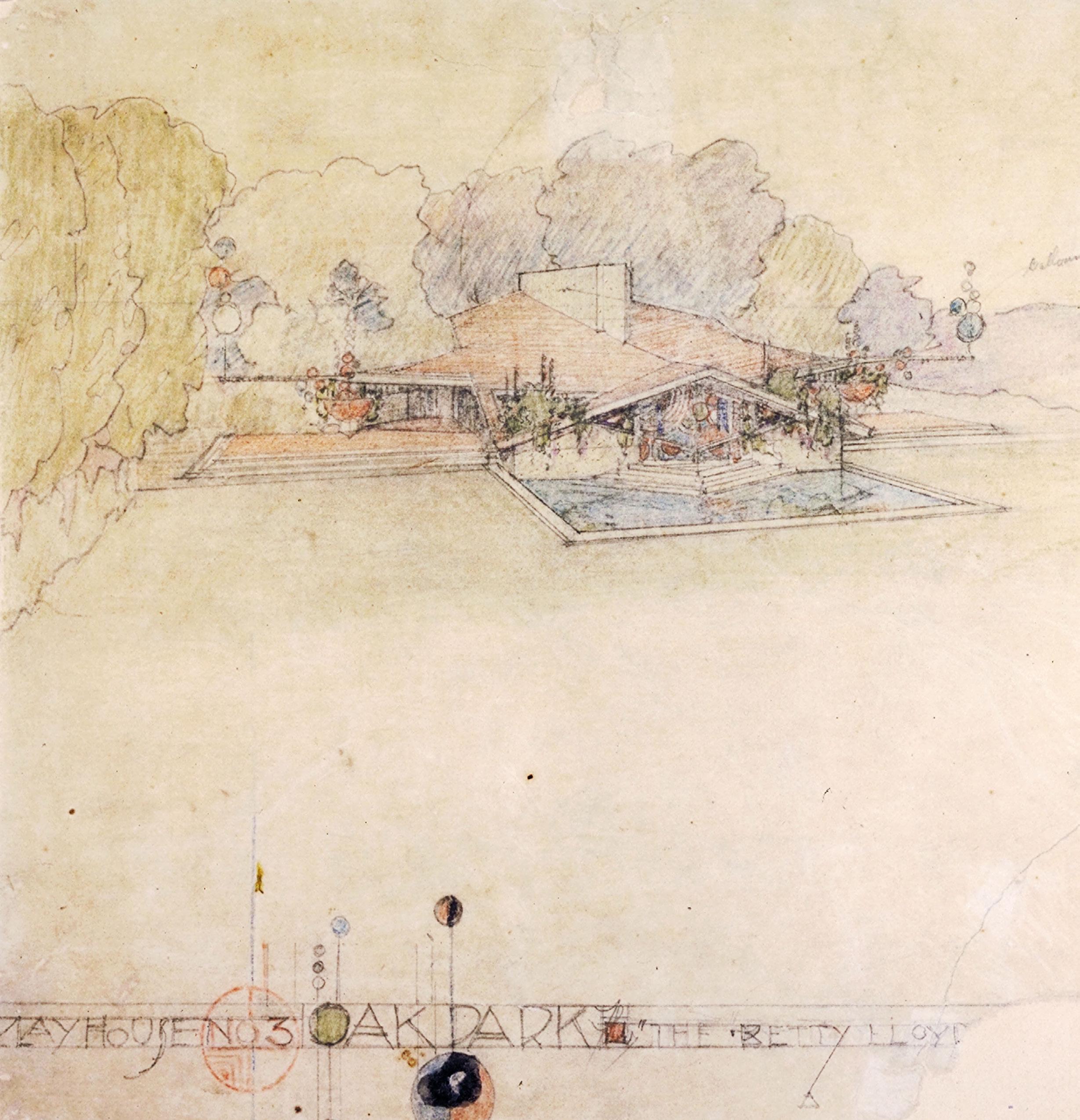
“DESIGN A SCHOOL FOR VERY YOUNG CHILDREN? I WOULD TRY AND MAKE [IT] A HAPPY PLACE THAT WOULD BE LIKE A FLOWER IN THEIR LIVES.”
TALIESIN FELLOWSHIP
In 1932, during the depths of the Great Depression Frank Lloyd Wright founded a “school of the soil,” the Taliesin Fellowship, on two hundred acres of farmland near Spring Green, Wisconsin, the ancestral valley of his family, the Lloyd Joneses. Wright was insistent that the curriculum not center on books and lectures but rather prioritize hands-on experiences and direct experiences with the natural world, very much like his own education. Part of their experiential education involved building their own shelters out in the desert of his Taliesin West home and studio in Arizona. This experience taught them about the importance of the form of their structures and the function of their materials in protecting against the elements.

“YOU WANT TO DESIGN THINGS… YOU WANT TO LEARN HOW TO DESIGN THINGS FIRST… BUT YOU DON’T LEARN TO DESIGN THINGS BY SITTING AT A DRAFTING BOARD WITH A PENCIL IN YOUR HAND, AND A T-SQUARE AND A TRIANGLE.”
REVOLUTIONARY EXEMPLARY INNOVATIVE VISIONARY

BRAND MARKET RESEARCH
24% INTEREST IN PURCHASING CHILDREN’S PRODUCTS ASSOCIATED WITH FRANK LLOYD WRIGHT TOP STATEMENTS DESCRIBING WRIGHT:
41% OF SHOPPERS LIKELY TO PURCHASE FRANK LLOYD WRIGHT BRANDED PRODUCTS HAVE CHILDREN
42% AGREE THAT WRIGHT IS ASSOCIATED WITH PRODUCTS THAT ALLOW YOU TO FEEL CONNECTED WITH NATURE
LICENSED TOYS & EDUCATIONAL PRODUCTS BOOKS, PUZZLES, & COLORING
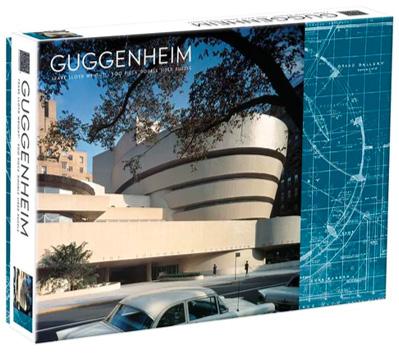
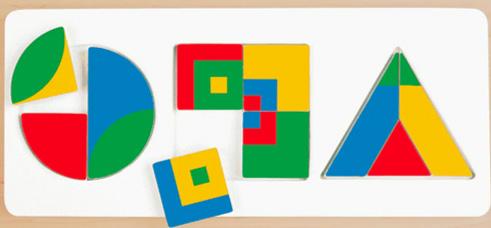

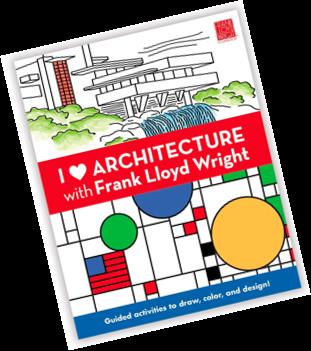

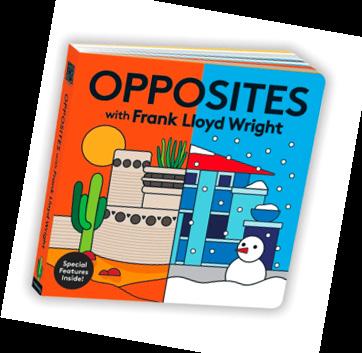
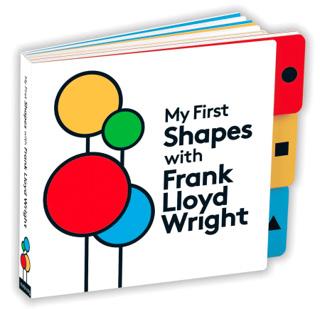

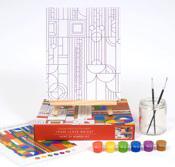
LICENSED TOYS & EDUCATIONAL PRODUCTS BUILDING & FURNITURE


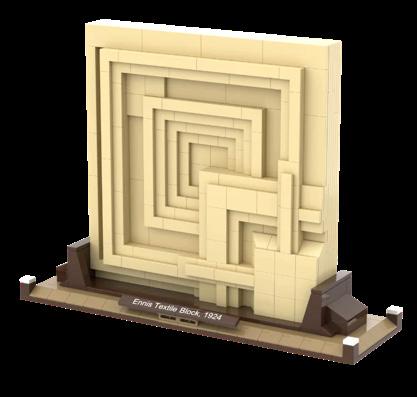
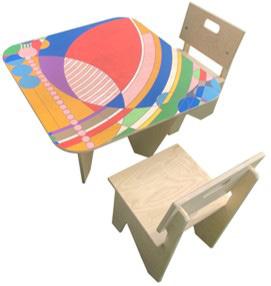
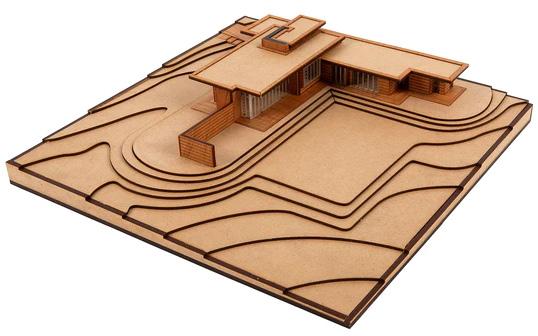
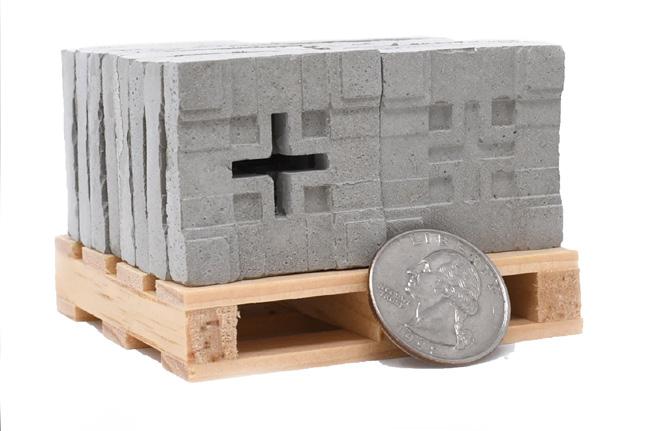
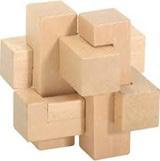
YOUTH & FAMILIES PROGRAMS
The Youth and Family Programs Department at Taliesin West uses Wright’s philosophy of “learning by doing” as the foundation of all programming. We use Wright’s legacy, interests, and inspirations as a jumping-off point, to create hands-on activities inspired by art, architecture, engineering, and nature. Children are able to tackle open-ended projects, where the process is more important than the end result.
In recent years, the Frank Lloyd Wright Foundation has undertaken several new initiatives to reach youth audiences. We have created programs specifically for homeschoolers, Girl Scouts, and local families. These programs continue the excellent work of our summer camp and field trip programming. We believe children should learn fearlessly and try new things during each program, and our ethos is that no one should be afraid to fail; it’s all part of the process.
1,850 CHILDREN AND FAMILIES
2022-2023 saw the highest attendance of children and families to programs at the Frank Lloyd Wright Foundation in recent history.
“I BELIEVE MYSELF THAT I HAVE LEARNED FROM MY MISTAKES THE MOST. YOU WILL NEVER LEARN ANYTHING FROM YOUR SUCCESSES, BUT FROM YOUR MISTAKES YOU WILL GET AN EDUCATION.”
FLW EDUCATIONAL PROGRAMS IN THE MEDIA
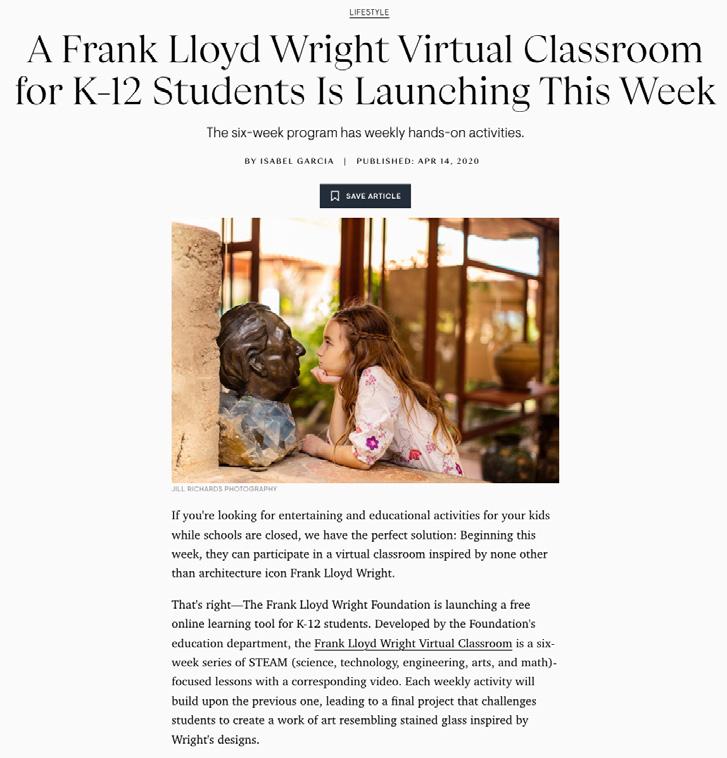
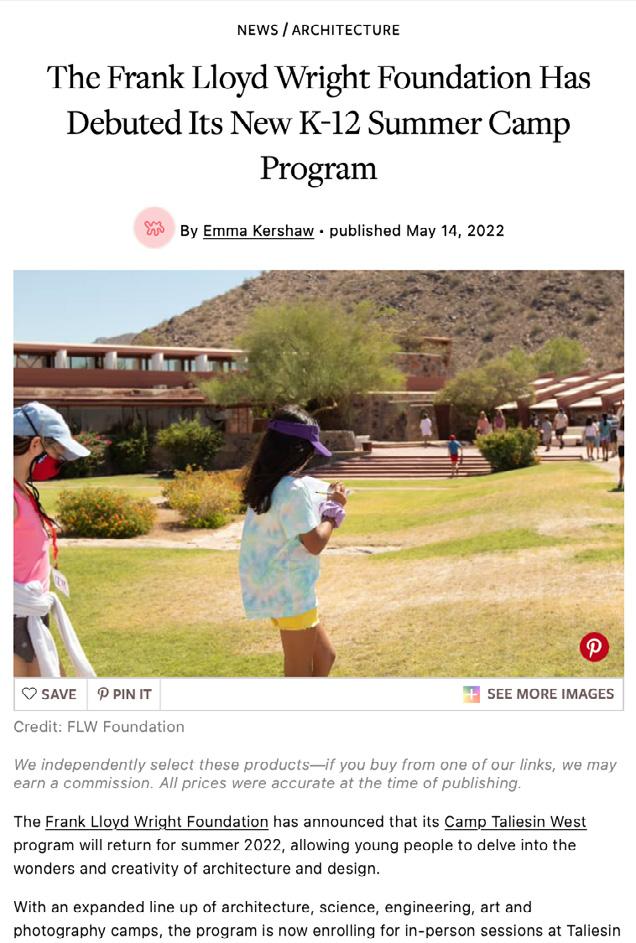
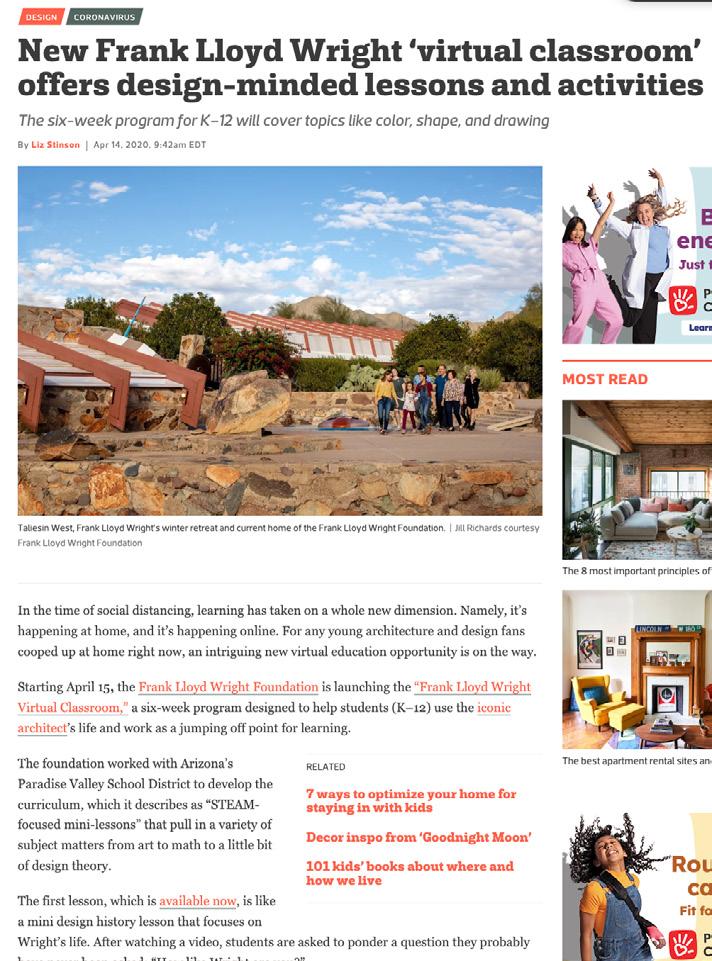
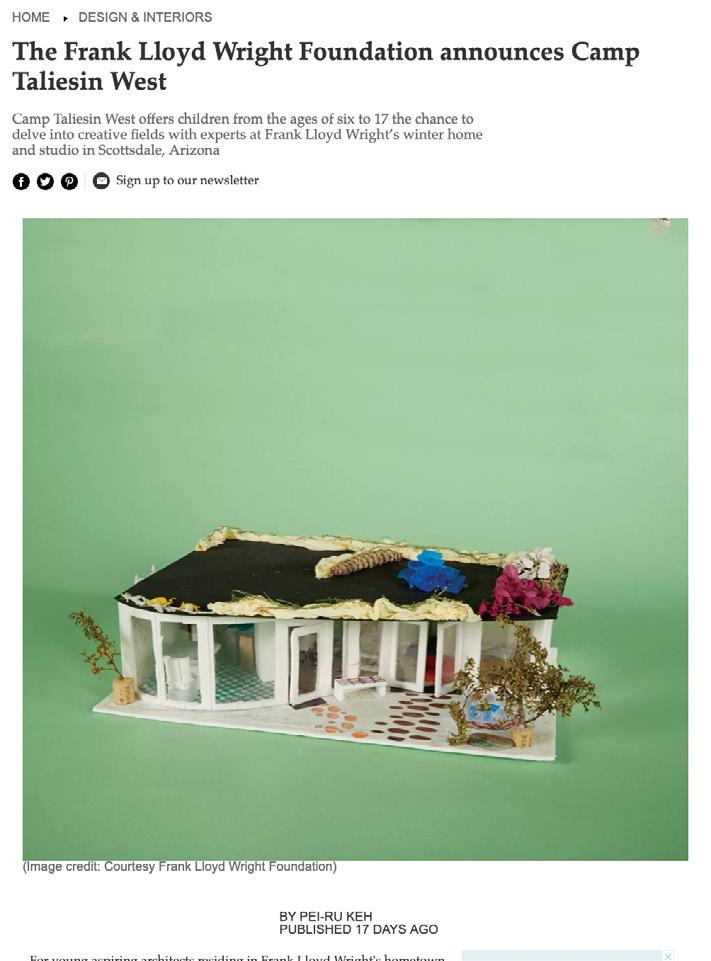
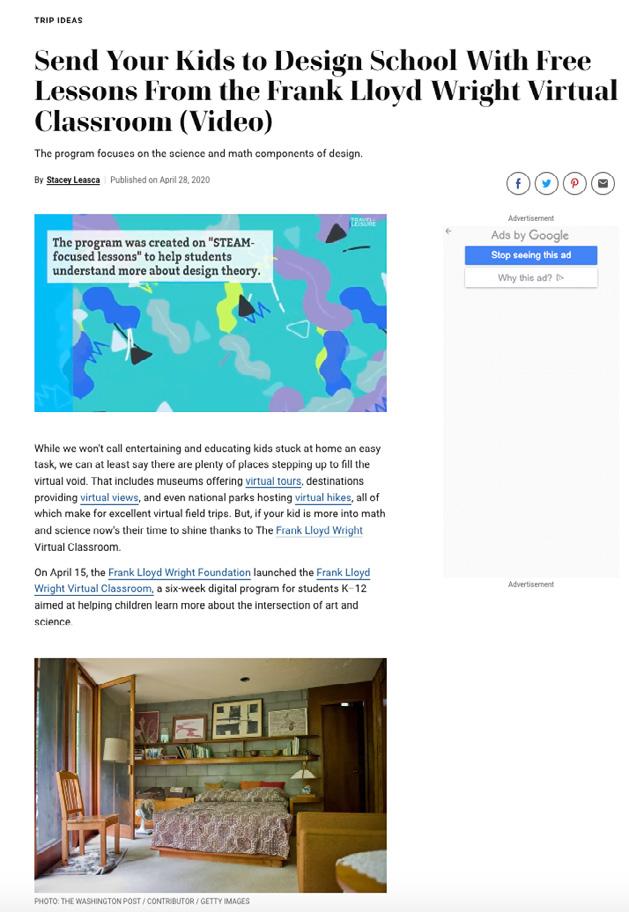




2023-2024 PROGRAMMING
9 New sessions of day camps in winter, spring, and summer, focusing on “animal architects,” the history of shelters, Frank Lloyd Wright and the automobile, furniture design, and more!
4 New Girl Scout Badge Workshops, focusing on STEM and the arts
3 Workshops for k-6 educators, focusing on using architecture in the classroom through projectbased learning
7 Mornings of FREE storytime programs for young children and their families, using picture books focusing on diverse engineers, architects, and scientists.
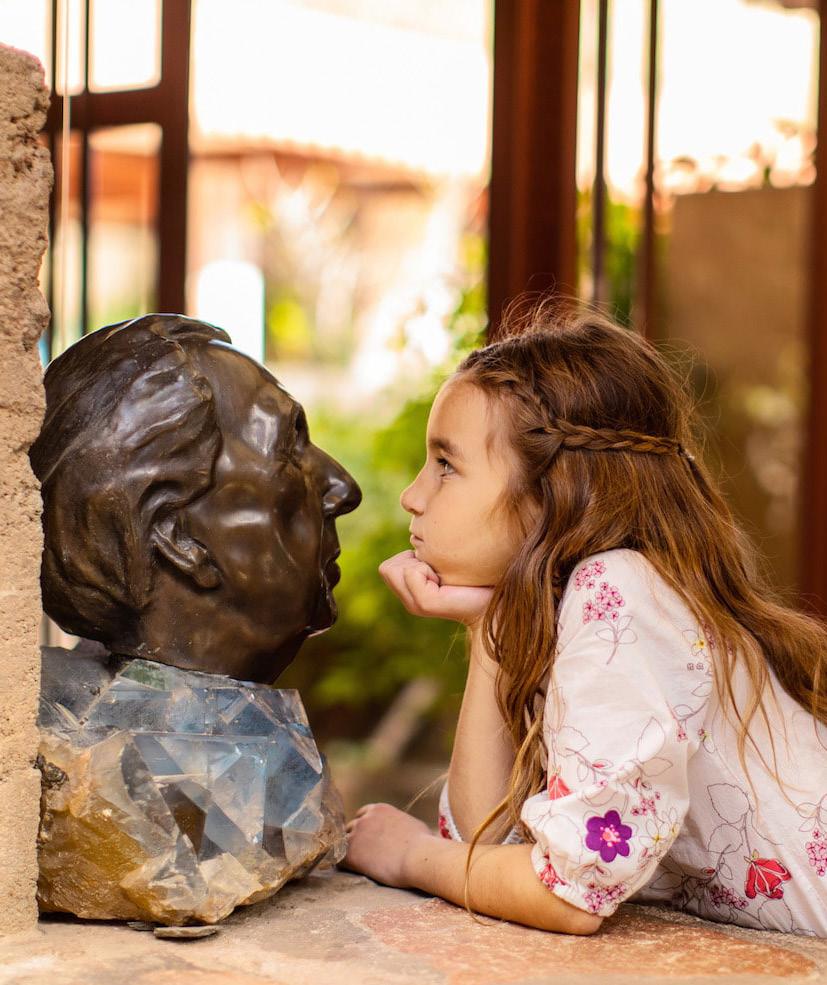
Please note: The use of images in pages found in this guide, are only used to illustrate forms and expressions of Wright’s ideas. Those images may not be owned by the Foundation and should not be copied or used for the creation of derivative works. They should instead be referenced only to clarify Wright’s ideas visually, in conjunction with Wright’s own designs and the other contents of this guide. All works created by licensees should be original works incorporating or derived from Frank Lloyd Wright’s intellectual property as permitted by your license agreement.
© FRANK LLOYD WRIGHT FOUNDATION. ALL RIGHTS RESERVED
